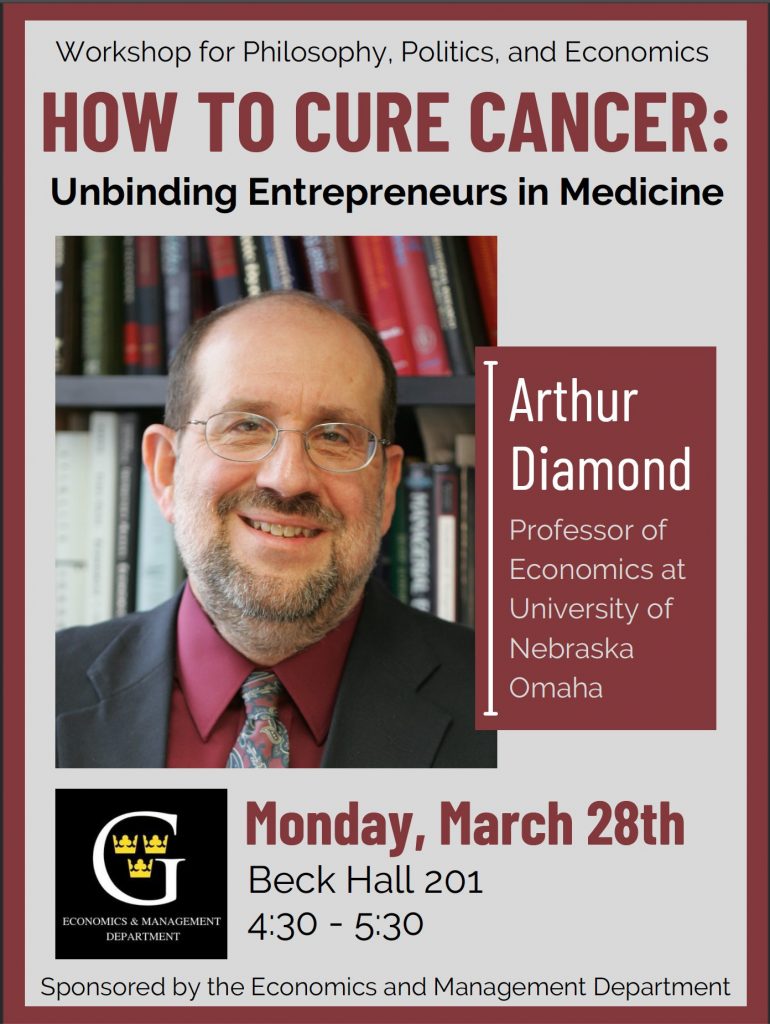(p. 8) When you have a chronic illness and struggle to get better, you try to maintain a certain equilibrium by distinguishing yourself from all those other sick people, the ones who are trying truly crazy things while you are proceeding sensibly and moderately along the path to health.
. . .
These exotic treatments, from acupuncture to IV vitamin C to magnet therapy and more, weren’t the core of what helped me eventually gain ground and improve — strong and various doses of antibiotics played the central role. But they were the most educational part of my slow, still-continuing recovery, in the sense of what they revealed about the complexity and strangeness of the world.
The strangest of them all was the Rife machine.
. . .
Naturally, it worked.
What does “worked” mean, you may reasonably ask? Just this: By this point in my treatment, there was a familiar feeling whenever I was symptomatic and took a strong dose of antibiotics — a temporary flare of pain and discomfort, a desire to move or rub the symptomatic areas of my body, a sweating or itching feeling, followed by a wave of exhaustion and then a mild relief. I didn’t get this kind of reaction with every alternative treatment I tried. But with the Rife machine I got it instantly: It was like having a high dose of antibiotics hit the body all at once.
Of course, this was obviously insane, so to the extent that I was able I conducted experiments, trying frequencies for random illnesses to see if they elicited the same effect (they did not), setting up blind experiments where I ran frequencies without knowing if they were for Lyme disease or not (I could always tell).
. . .
When I set out to write about the entire chronic-illness experience, I hesitated over whether to tell this kind of story. After all, if you’re trying to convince skeptical readers to take chronic sickness seriously, and to make the case for the medical-outsider view of how to treat Lyme disease, reporting that you’ve been dabbling in pseudoscience and that it works is a good way to confirm every stereotype about chronic ailments and their treatment: It’s psychosomatic … it’s all the power of suggestion … it’s a classic placebo effect … poor Ross, taken in by the quacks … he’ll be ‘doing his own research’ on vaccination next
.
But there are two good reasons to share this sort of story. The first is that it’s true, it really happened, and any testimony about what it’s like to fight for your health for years would be dishonest if it left the weird stuff out.
The second is that this kind of experience — not the Rife machine specifically, but the experience of falling through the solid floor of establishment consensus and discovering something bizarre and surprising underneath — is extremely commonplace. And the interaction between the beliefs instilled by these experiences and the skepticism they generate (understandably) from people who haven’t had them, for whom the floor has been solid all their lives, is crucial to understanding cultural polarization in our time.
On both sides of our national divides, insider and outsider, establishment and populist, something in human psychology makes us seek coherence and simplicity in our understanding of the world. So people who have a terrible experience with official consensus, and discover that some weird idea that the establishment derides actually seems to work, tend to embrace a new rule to replace the old one: that official knowledge is always wrong, that outsiders are always more trustworthy than insiders, that if Dr. Anthony Fauci or the Food and Drug Administration get some critical things wrong, you can’t trust them to get anything right.
This impulse explains why fringe theories tend to cluster together, the world of outsider knowledge creating its own form of consensus and self-reinforcement. But it also explains the groupthink that the establishment often embraces in response, its fear that pure craziness automatically abounds wherever official knowledge fails, and its commitment to its own authority as the only thing standing between society and the abyss.
This is a key dynamic in political as well as biomedical debates. The conspicuous elite failures in the last 20 years have driven many voters to outsider narratives, which blend plausible critiques of the system with outlandish paranoia. But the insiders only see the paranoia, the QAnon shaman and his allies at the gates. So instead of reckoning with their own failures, they pull up the epistemic drawbridge and assign fact checkers to patrol the walls. Which in turn confirms for outsiders their belief that the establishment has essentially blinded itself and only they have eyes to see.
What we need, I’m convinced, are more people and institutions that sustain a position somewhere in between.
For the full commentary, see:
(Note: ellipses added.)
(Note: the online version of the commentary has the date November 6, 2021, and has the same title as the print version. The passages that are underlined above, were in italics in the original. In the underlined passages I use a hyphen were the original had ellipses.)
The passages quoted above are from a commentary adapted from Douthat’s book:
Douthat, Ross. The Deep Places: A Memoir of Illness and Discovery. New York: Convergent Books, 2021.


